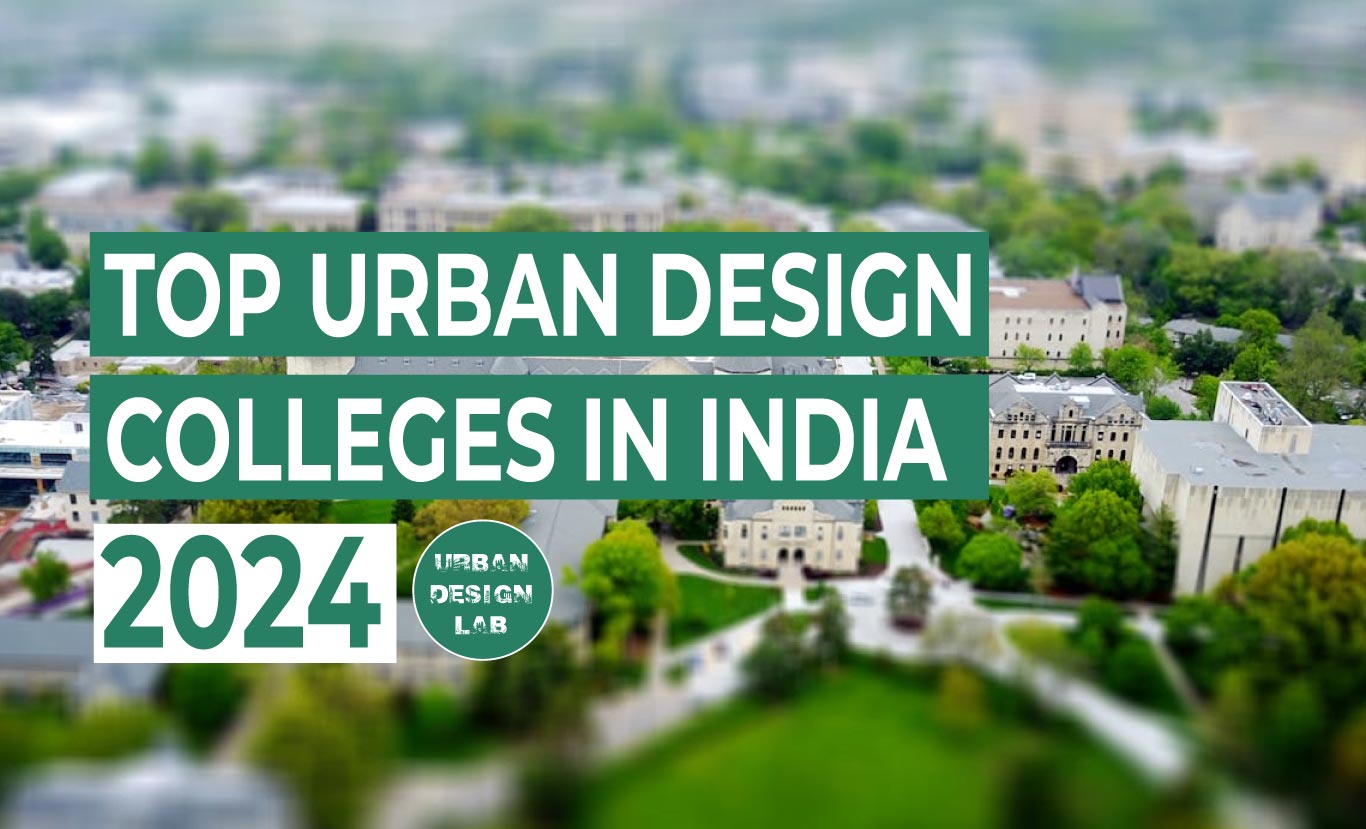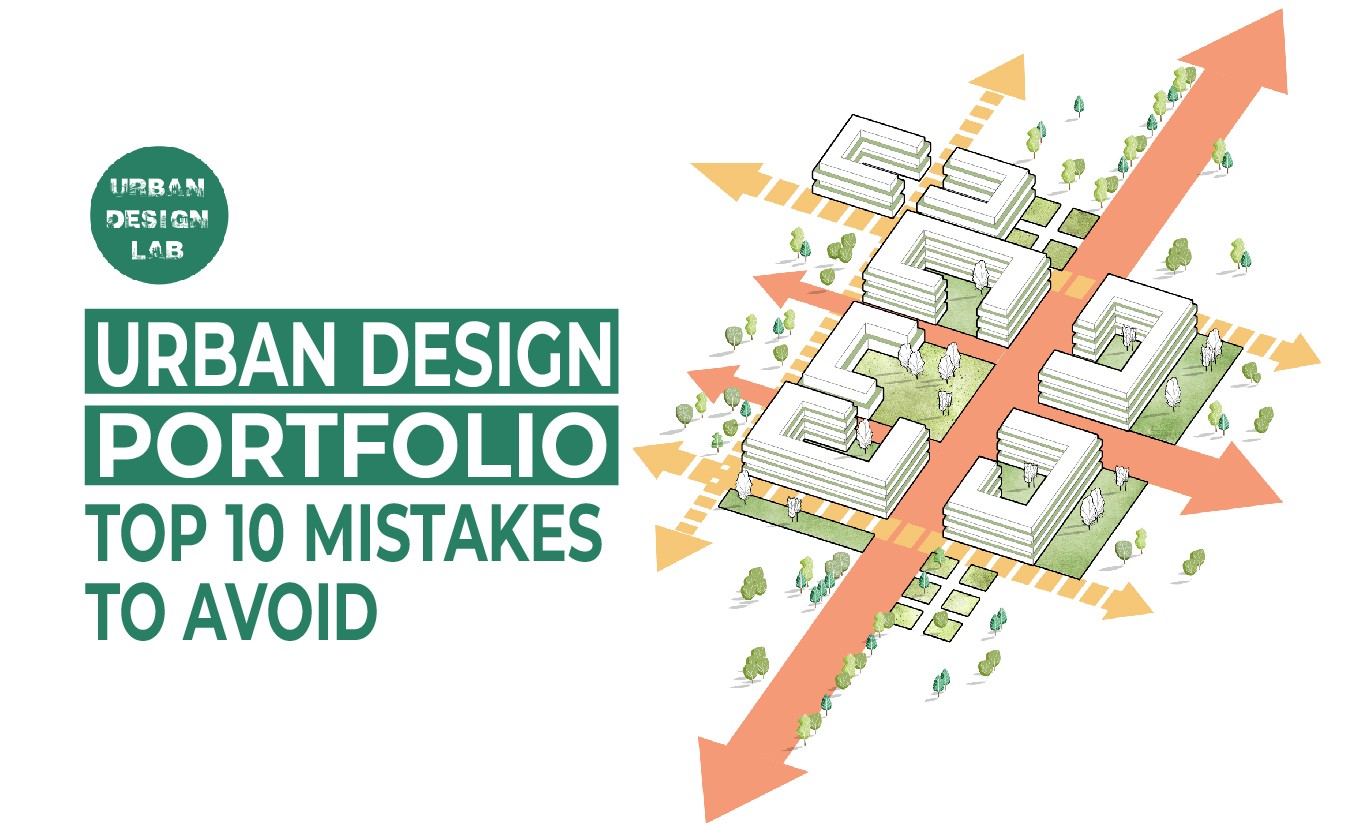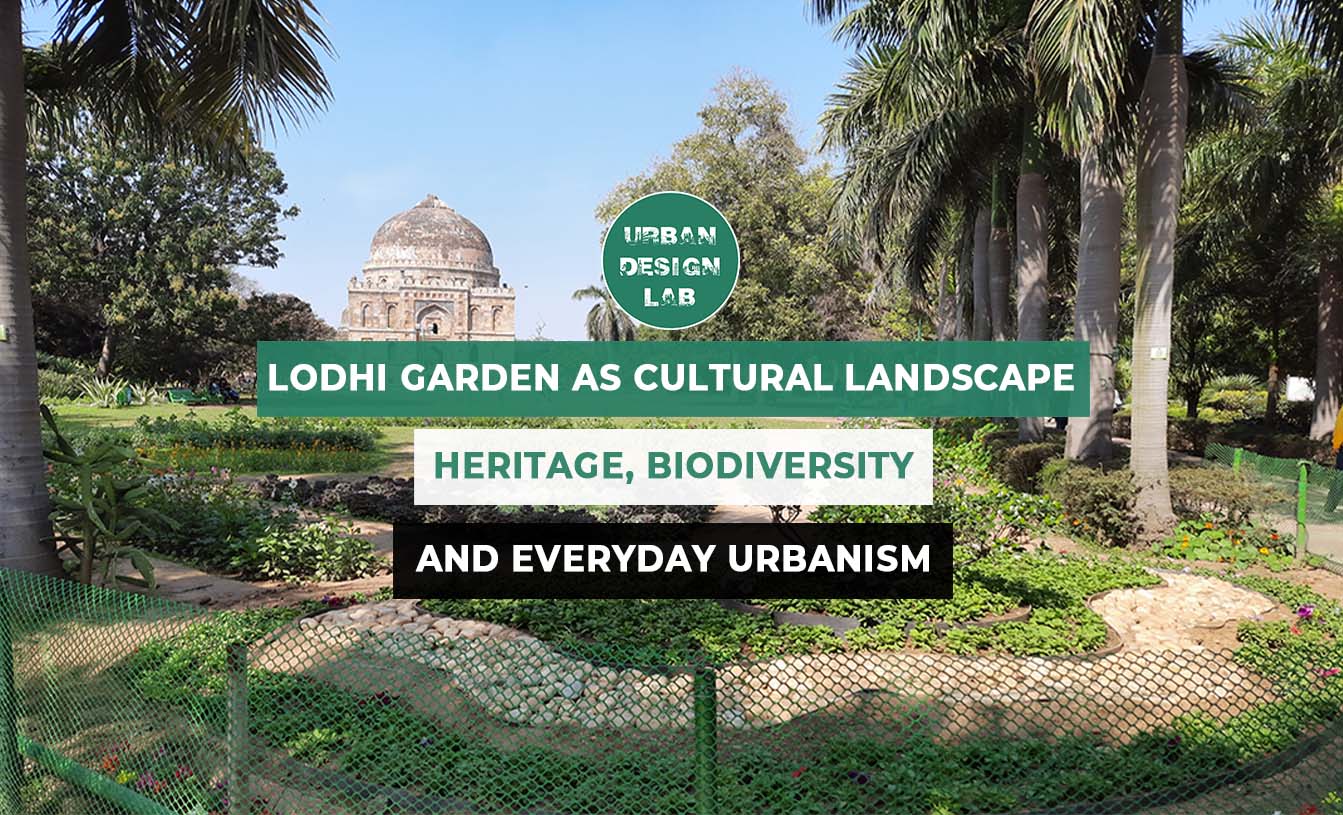
Urban Gardening and Reducing Carbon Footprint

Introduction
The growing population globally is one of the leading causes of the increasing demand for resources. The rise in the population of cities indicates that by 2050, 70 per cent of the global population will live in cities. This increasing population will raise the demand and dependency on ample supplies, especially in cities, which is of exogenous products such as food, energy and materials. The production of these food supplies usually takes place elsewhere than the place of consumption and cause a tremendous environmental footprint. Agri-food is responsible for 37 per cent of global carbon emissions. Households, hotels, and restaurants contribute to these emissions from a consumption perspective. The traditional production-based areas emit fewer carbon emissions than outsourced ones, which is much more significant; therefore, it is imperative to go back to conventional production or urban gardening. Also, the country of origin of food production monitors its food emissions; therefore, there is a misconception of its emissions, unsustainability patterns and trends in the city of import, creating a negative effect on mitigation strategies (Puigdueta, et al., 2021). Therefore, it is evident that urban gardening is a valuable and necessary addition in urban settings.
Urban Gardening
The localisation (in and around the city) of producing crops, processing, distribution, consumption, and recycling of food is called urban gardening (Sam and Hui, 2011). Urban gardening is the traditional cultivation of fruits and vegetables in an urban setting, causing a shift from the conventional way where farming is done only in rural areas and providing social, economic and environmental benefits. The plant type, topography, land space and capital requirement influence the plants grown in an urban garden which can exist in balconies, parks, gardens, yards, greenhouses, patios and rooftops (Ambius, 2014). There are three main types of urban gardens. First, backyard gardens that use part of the land on personal property to create urban gardens. Second, community gardens run across large pieces of land that many households share. Lastly, urban commercial farms are designed mainly for-profit purposes and sold to restaurants and markets. The production of backyard gardens and community gardens are for direct home consumption (Sam and Hui, 2011).
The ancient technique of urban gardening was also used in times of food pressure, where the use of community waste grows crops. An example of this is the plantation of the notorious Victory Gardens throughout the USA during the world wars to ease the food pressure. The plan attracted many growing participants (nearly 6 million people), producing 50 per cent of the country’s crops at ten million pounds of vegetables and fruits (Ambius, 2014).
Today, urban gardening has an additional deeper purpose to it rather than food security. Urban Gardening provides physical activity, solace, reduces stress by increasing emotional and social well-being, and reduces global carbon emissions (Ambius, 2014). This article will outline some of the ways of achieving reduced carbon footprint through urban gardens:
1. Shift in Behaviours
Climate models that include human behavioural change through social learning, such as new behaviours and values, will aid in the reduction of the global average temperature. Therefore, the behavioural shift is a driver of future climate scenarios and a fundamental component of emission trends. While designing climate change mitigation strategies, it is imperative to consider its demand and consumption components. This, in return, will aid in defining specific measures that trigger attitudes, behaviours toward lower environmental footprints, attitudes and social learning and change individual values. Urban gardens are a way that transforms food demand and health notions along with promoting sustainability and climate change (Puigdueta, et al., 2021).
Participating in urban gardening brings behavioural changes such as increasing organic food consumption, bringing people closer to nature, increasing social connection and identity, and reducing waste generation. These contribute to reducing the overall carbon footprint immensely. In addition, another massive impact of urban gardening on reducing carbon footprint is in association with the reduction in the commercial transport of food, packaging and home transport (Puigdueta, et al., 2021).
2. Mitigating Urban Heat Island: Urban Garden Rooftops
The growing urbanisation is increasing the problem of disconnection of people with nature along with preserving ecological stability. Additionally, combined with the lack of green spaces in cities, the increasing urbanisation is causing the urban heat island issue. Urban gardens can aid in eliminating this issue. An example of this is visible in Hong Kong, where urban gardens on rooftops have led to the mitigation of its urban heat island and its adverse effects. In addition, these rooftop gardens also improve the overall aesthetics, urban psychology, pollution, and noise, making cities more liveable, enhance the management of stormwater and biodiversity. Furthermore, rooftop urban gardens provide food production, reuse of waste, active recreation and educational opportunities.
4. Food Mile: Food Transport
To lower the immediate cost of food production in today’s system, it travels in excess, mainly from areas of lower food production and weaker environmental standards, to meet consumer demand globally. Therefore, due to the globalisation of the food system, it takes exceedingly long for the food to reach consumers from the producers. On average, the travel time of food is 2400 km in the system. Through this Profession, Tim Lang derived the concept of ‘Food Miles’. From farms to consumers, the distance (km) travelled by food times the weight of the food (tonnes) is the food miles (tonne-kilometres). Therefore, long food journeys will contribute to higher carbon emissions. The invention of the concept of food miles was to make consumers aware of the environmental impacts of food travel over time and space. This realisation would, in return, encourage them to buy localised foods and create a bond and connection between consumers and producers. Therefore, the concept of the food mile facilitates the localisation of food as an alternative food system or the creation of urban gardens. Urban Gardening reduces food mileage by eliminating the need of transporting food from farming areas to the location of consumption or consumers (Baptista and Ng, 2021).
5. Inclusion of Buildings with Urban Gardening and Renewable Sources of Energy
Along with affordable food prices and reliable supply chains, balancing decarbonisation with the food sector through urban gardening aids in lowering the usage of non-renewable energy. However, reducing carbon emissions through reduced food mileage deteriorates due to using heat or power from fossil fuels for greenhouses and vertical farms in an urban garden. Therefore, for the whole system to work and achieve the main aim of reducing emissions and working towards net-zero, it is necessary to be highly cautious. Consequently, it is imperative to provide the inclusion of renewable sources and solutions of energy while working with, planning or implementing urban gardens. Urban gardening on rooftops is a way to achieve this (Barnard, 2022).
Due to urban gardening on rooftops, the greenery reduces energy use to cool and heat the building lowering overall energy consumption. Also, it is usual to find space constraints in urban areas; therefore, space efficiency is a concerning area that the inclusion of existing buildings with urban gardening can accomplish. In addition to reducing carbon emissions, integrating urban gardening in existing buildings may also acquire benefits such as higher yields, enhanced financial viability and food security. An example of this is visible in Korea, where the conversion of a 51 square km area into an urban garden led to saving 11.67 million kg of carbon dioxide per year. This is because of the usage of lesser heating, cooling, and irrigation in smaller growing areas (ibid.).
7. Change in Eating Habits
A study in Madrid proves that the people involved in urban gardening led to a gradual change in eating habits. Controlled eating habits, fitter people and a reduction in animal products and foods were some of the changes seen in the study. The study also proves how these aids in reducing yearly carbon emission of 205.1 per person, contributing to environmental behaviour through urban gardens acting as a catalyst (Barnard, 2022).
8. More Greenery
Urban gardening increases the amount of greenery, which improves biodiversity and human health in the execution area. It also increases the plants’ carbon dioxide suction from the air due to carbon sequestration rates, cleaning the air. Additionally, a London study by a group of researchers prove that conventional urban green spaces such as parks produce lower rates of carbon sequestration in comparison to food production in urban fringe land (Barnard, 2022).
Urban Gardening Around the World
This article highlights the ways in which urban gardening is an effective way to reduce carbon footprint. Further, emphasising its experience in a few cities will aid in its functional layout and application in urban settings.
Taiwan
As per a 1995 law passed in Taiwan, rooftops of buildings must be available to all the tenants of the buildings as a public space. The city’s people are also experimenting and trying to figure out the most effective ways of rooftop urban gardening to maximise productivity and promote the concept. Therefore, it is necessary to study and compare the crops and their growing methods and a detailed analysis of the micro-urban environment to determine the sustainability of the green roofs (Sam and Hui, 2011).
Thailand
Bangkok is known to have perfect weather and plenty of water resources for irrigation. Moreover, the Thai gardens provided pleasing aesthetics along with food for restaurants and families. However, growing urbanisation led to problems with food security due to food shortages; therefore, the people turned to the local cheap street food in Bangkok. District Office in Laksi is an example of a rooftop urban garden in Bangkok owned by the government. This urban garden uses the household’s organic waste for composting and decreasing its waste. The production of various vegetables occurs in the urban garden on raised beds on the rooftop. All Bangkokians are welcome to participate in the Laski urban garden and be inspired. Its district office also provides seeds to encourage the city’s crowd to grow its personal urban garden (Sam and Hui, 2011).
Canada
Canada is another country working towards expanding, developing and encouraging urban gardening. The government has adopted various urban planning goals and policies for its execution. In addition, the government’s utilisation of incentives is a way to promote the concept to its citizens. An example of this is visible in Montreal through an NGO called Santropol Roulant. The community youth run the NGO and bring people closer to generate awareness about health and food security topics. The organisation has developed three urban gardening regions and rooftop container gardens (Sam and Hui, 2011).
References
Ambius. (2014). Urban gardening tips. [online] Available at: <https://www.ambius.com/blog/urban-gardening-tips/> [Accessed 30 March 2022].
Baptista, M. and Ng, B. (2021). Food Miles: How Much Should We Care About Food Transport?. [online] Climatalk. Available at: <https://climatalk.org/2021/08/13/food-miles-how-much-should-we-care-about-food-transport/> [Accessed 30 March 2022].
Barnard, J. (2022). Dudley. [online] Virtual Zero Carbon Hub. Available at: <https://zerocarbonhubs.co.uk/how-can-urban-agriculture-help-us-achieve-net-zero.html> [Accessed 2 April 2022].
Capital Growth. (2020). Growing food on London’s Urban Fringe. [image] Available at: <https://www.sustainweb.org/news/feb20_fringe_farming_event/> [Accessed 2 April 2022].
District Eating. (2022). How Can Urban Agriculture Help Us Achieve Net Zero?. [image] Available at: <https://zerocarbonhubs.co.uk/how-can-urban-agriculture-help-us-achieve-net-zero.html> [Accessed 2 April 2022].
Jansuttipan, M. (2013). Rooftop Farm. [image] Available at: <https://bk.asia-city.com/restaurants/article/bangkok-city-farming-solutions> [Accessed 2 April 2022].
One Kindesign. (2019). 36 Amazing Ideas For Growing A Vegetable Garden In Your Backyard. [image] Available at: <https://onekindesign.com/2019/08/02/inspiring-ideas-vegetable-garden/> [Accessed 30 March 2022].
Puigdueta, I., Aguilera, E., Cruz, J., Iglesias, A. and Sanz-Cobena, A. (2021). Urban agriculture may change food consumption towards low carbon diets. Global Food Security, 28, p.100507.
Sam, D. and Hui, C. (2011). Green roof urban farming for buildings in high-density urban cities. In: Hainan China World Green Roof Conference 2011. [online] Hainan, China: Hainan China World Green Roof Conference 2011. Available at: <https://www.researchgate.net/publication/228933623_Green_roof_urban_farming_for_buildings_in_high-density_urban_cities> [Accessed 30 March 2022].
Sherman, C. (2008). Fenway Victory Gardens and Fenway Park. [image] Available at: <https://catherinesherman.wordpress.com/2008/05/12/fenway-victory-gardens/> [Accessed 30 March 2022].
SPARK. (2022). SPARK Proposes Vertical Farming Hybrid to House Singapore’s Aging Population. [image] Available at: <https://www.archdaily.com/573783/spark-proposes-vertical-farming-hybrid-to-house-singapore-s-aging-population-2> [Accessed 30 March 2022].
Tni. (2018). Madrid’s Community Gardens: Where neighbourhood counter-powers put down roots. [image] Available at: <https://longreads.tni.org/stateofpower/madrids-community-gardens> [Accessed 2 April 2022].
Visuall. (2020). LAAB Architects Designed Rooftop Glasshouse and Urban Farm in Hong Kong. [image] Available at: <https://visuall.net/2020/12/23/laab-architects-designed-rooftop-glasshouse-and-urban-farm-in-hong-kong/> [Accessed 30 March 2022].
About the Author
An Urbanist, Researcher and Architect, She wants to use her expertise to make changes to urban communities and mitigate climate change through sustainable urban planning, research and innovative solutions.
Related articles


Architecture Professional Degree Delisting: Explained

Periodic Table for Urban Design and Planning Elements


History of Urban Planning in India

UDL Illustrator
Masterclass
Visualising Urban and Architecture Diagrams
Session Dates
17th-18th January 2026

Urban Design Lab
Be the part of our Network
Stay updated on workshops, design tools, and calls for collaboration
Curating the best graduate thesis project globally!

Free E-Book
From thesis to Portfolio
A Guide to Convert Academic Work into a Professional Portfolio”
Recent Posts
- Article Posted:
- Article Posted:
- Article Posted:
- Article Posted:
- Article Posted:
- Article Posted:
- Article Posted:
- Article Posted:
- Article Posted:
- Article Posted:
- Article Posted:
- Article Posted:
- Article Posted:
Sign up for our Newsletter
“Let’s explore the new avenues of Urban environment together “




















































